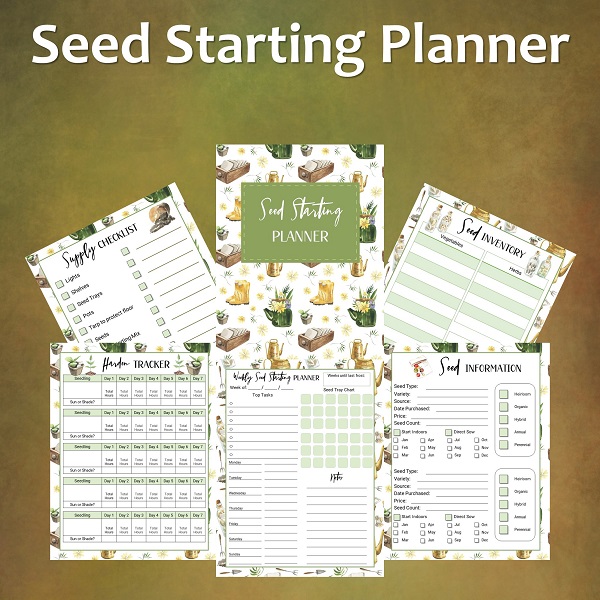 Tired of looking at your plain green lawn? Why not turn part of it into a garden? Transforming part of your lawn into a garden is not hard. It is not that expensive, either. The garden might even help you save money on food purchases. More importantly, you’ll have a pleasing and rewarding hobby. After all, maintaining a garden is far better off than mowing, fertilizing, and watering your demanding green grass.
Tired of looking at your plain green lawn? Why not turn part of it into a garden? Transforming part of your lawn into a garden is not hard. It is not that expensive, either. The garden might even help you save money on food purchases. More importantly, you’ll have a pleasing and rewarding hobby. After all, maintaining a garden is far better off than mowing, fertilizing, and watering your demanding green grass.
First of all, you must determine if the soil is safe and free from contaminants before cutting out the part of the lawn for your planned garden. Gather a few samples of it and let it be tested in a soil lab. By this test, you will know the quality of the soil and if it has nutrient insufficiency. If the soil is positive for pollutants, you can still establish a safe garden by building raised beds and bringing in clean topsoil or compost.
Second, make sure your garden gets plenty of sunlight. Pay attention to your yard during the day and take note of areas that get most of the sunlight. You must also think about the access of water to your garden.
If you plan to grow food, you must consider getting rid of the grass using organic methods. Since grass is persistent, it will take time to outcompete them. Here are the lists of organic removal strategies:
Solarizing – covering your garden site with heavy layers of plastic. This method aims to suffocate and burn unwanted plants underneath. It’s not the fastest way because it may take a full year before the grass is completely killed off.
Tilling – breaking up the soil will immediately prepare a new garden bed. But there are certain kinds of grass which will re-sprout causing a weed problem from root fragments built by tillage.
SOD removal – produces immediate results but costs a lot of hard work. There are two ways of SOD removal; by hand using spade or hoe or by machine with a sod cutter. Be careful not to remove too much soil because most of the nutrients are found in the soil’s upper layers.
Sheet mulching – or “lasagna gardening”, the most effective way, is a technique where you lay down multiple layers of organic materials, composting it in place and removing unwanted grasses. It also improves soil structure, healthy soil life and cultivates a cool, moist soil bed.
Here are the following layers for effective Sheet mulching:
Mulching:
Layer 1 consists of concentrated compost – 6” thick made up of materials high in nitrogen. Food scraps, manure, and yard waste work well with this. These materials will boost soil life and jump start the decomposing process. You can add up amendments like lime for acid soils, dolomite for heavy clay soils.
Weed barrier is the layer 2. It consists of 4-6 sheets of non-glossy newspaper to prevent weeds from penetrating. Wet it down for speeding up decomposition.
Layer 3 is a compost layer, commonly 3-5” thick, using fully-decomposed compost grass, leaves and any other weed-free organic material.
Last is the top layer consisting of high carbon, weed-free materials such as, bark, sawdust, woodchips or leaves. You will also need to frequently renew them as they decompose.
Once all of this is done, you are now ready to garden. Just take note that sheet-mulch develops rich top soil. Avoid walking on top of your garden bed. Build a small hollow filling it with top soil and plant your seeds directly into it. You can now enjoy your gardening.



